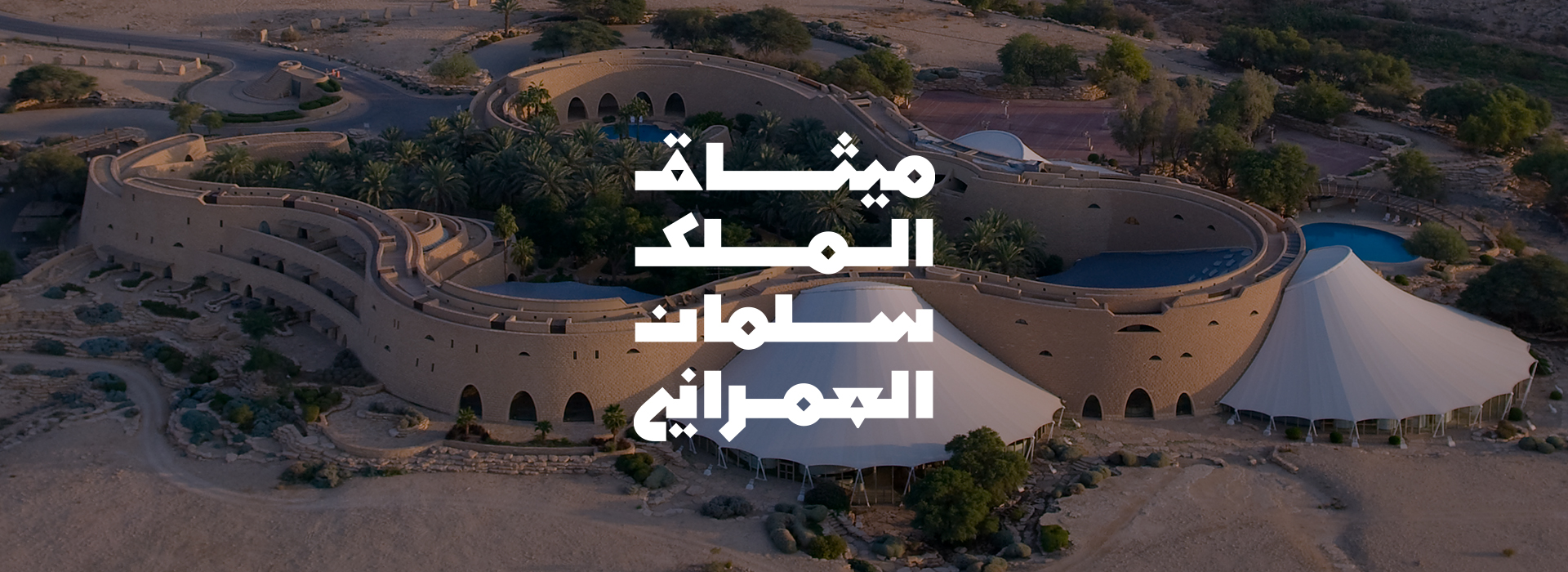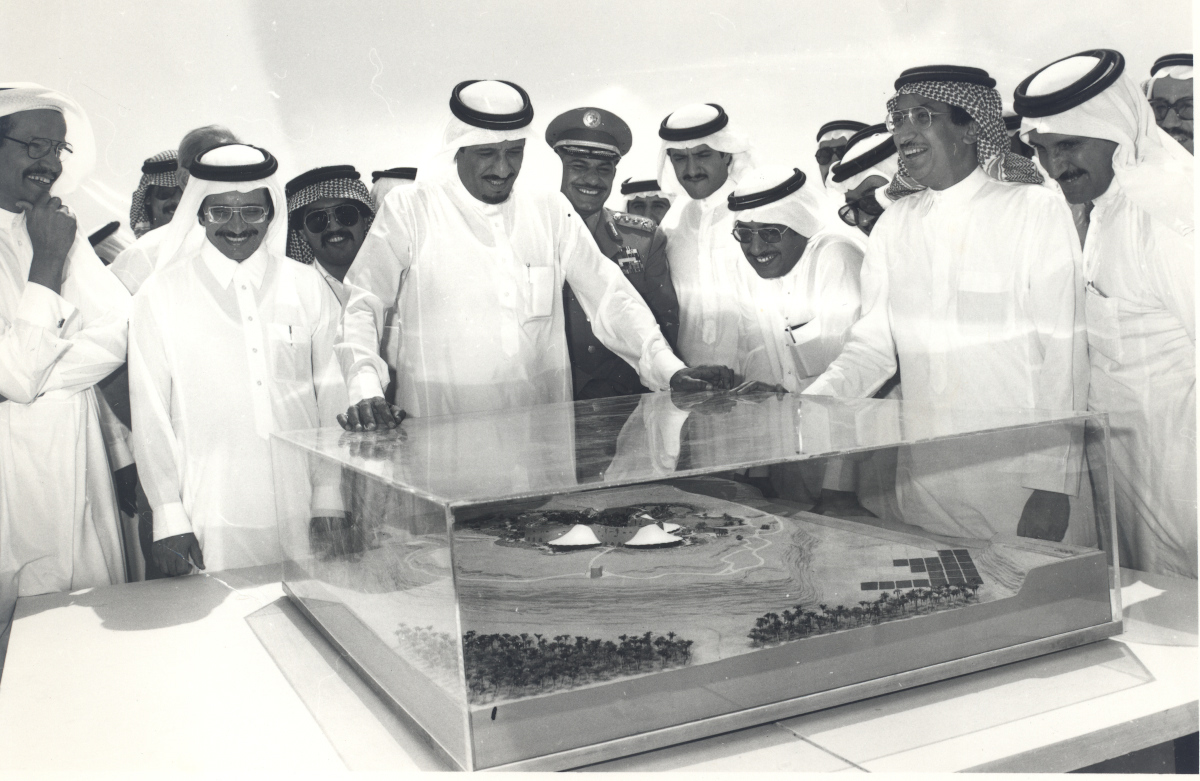
King Salman Charter for Architecture and Urbanism
The King Salman Charter for Architecture and Urbanism draws its inspiration from an ambitious creative experience and seeks to capture the essence of. This innovative experience emerged from an interaction between the realities of coexistence and a striving for excellence. It was distilled into form and content and has since acquired a prominent place among the various architectural styles of the world.
This Charter serves as a strategic foundation for urbanization and the future of architecture. It also sets forth a design methodology that highlights Saudi Arabia’s history and culture on one hand while also serving as a guide for decision-makers, specialists, and those interested in architecture and urbanism, on the other hand.
The Charter aims to define The Custodian of the Two Holy Mosques, King Salman’s architectural vision. This vision considers authenticity to be the essence of creativity and advocates a flexible approach to novelty. It also stresses the need for refinement, which involves looking beyond the limits of time, place, and materials to see the great aesthetic contributions behind them.
The Charter’s Vision
Creating architectural excellence and improving the quality of life for all residents through forming architectural environments that build on the cultural and environmental heritage and emulate the future.

Core Values
The Salmani architecture was characterized by an aesthetic appeal with six core values carefully planned by the Custodian of the Two Holy Mosques, King Salman bin Abdulaziz through his direct supervision. The design process absorbs the guidance of all six values, resulting in a design that will be of great importance to its constituents.
Authenticity is the presence of a tangible design rationale or an intellectual process that seeks to create urban and architectural spaces that express the originality and distinction of the place.
Continuity is the cumulative growth and development of a local community that celebrates national identity and pride, respects the past, and is rooted in an understanding of society's fabric and local culture.
Human-Centricity focuses on both individuals and communities at the center of any design to improve experiences, inclusivity, and social equity.
Livability is the active pursuit of elevating the quality of life by creating a safe, attractive, socially cohesive, and healthy built environment suitable and convenient to all citizens.
Innovation is the habit of engaging in design discourse and providing a space to explore new approaches in collaboration with those with different perspectives.
Sustainability is the practice of protecting and promoting the environmental, social, economic project objectives and its strategic decision making.
The Charter’s Activation Strategy

The King Salman Charter for Architecture and Urbanism strategy was developed to include several initiatives, services, and incentives with the aim of activating the Charter through awareness, involvement, adoption, and advocacy. The first stage of activating the KSCAU’s strategy is through the following: publishing the Charter, the traveling exhibition, the award, and the services incentives.
The Charter Document
The Charter document was published in a book titled King Salman Charter for Architecture and Urbanism. The book identifies the Saudi architectural identity and sums up creativity based on innovation and discovery. The idea of drafting the Charter was inspired to include relevant guides for architects in Saudi Arabia, from conception to completion, through all stages until handing over the building. This was in line with the exemplar works and urban environments established under the patronage of the Custodian of the Two Holy Mosques, King Salman bin Abdulaziz when he was Governor of Riyadh.
The Exhibition
The exhibition celebrates the official launch of the King Salman Urban Charter for Architecture and Urbanism to the public. It aims to raise awareness of the Charter's methodology by highlighting its six core values and allowing visitors to discover various applications to get a sense of its impact on the quality of life and the goals it seeks to achieve. Additionally, the exhibition travels to four different cities in Saudi Arabia: Riyadh, Dammam, Jeddah, and Abha.
The KSCAU Award
The King Salman Charter for Architecture and Urbanism Award seeks to identify and encourage projects that have adopted the Charter, its values and have demonstrated excellence in their implementation while creating a meaningful social impact. The first cycle of The awards will consist of three categories: (1) The built projects, (2) The unbuilt projects, and (3) the Students’ Design projects
Services and Incentives
My Little Architect Academy.
KSCAU Exhibition.
Guided Architectural Tours
Smart Research Toolbox
KSCAU Conferences and Events
KSCAU Audiovisual Content
KSCAU Community Platform
Ideas Contribution Portal
Learning Café – connecting minds
Research and Design Lab
KSCAU Competitions
KSCAU Award
KSCAU Certification Program
KSCAU Ambassadors